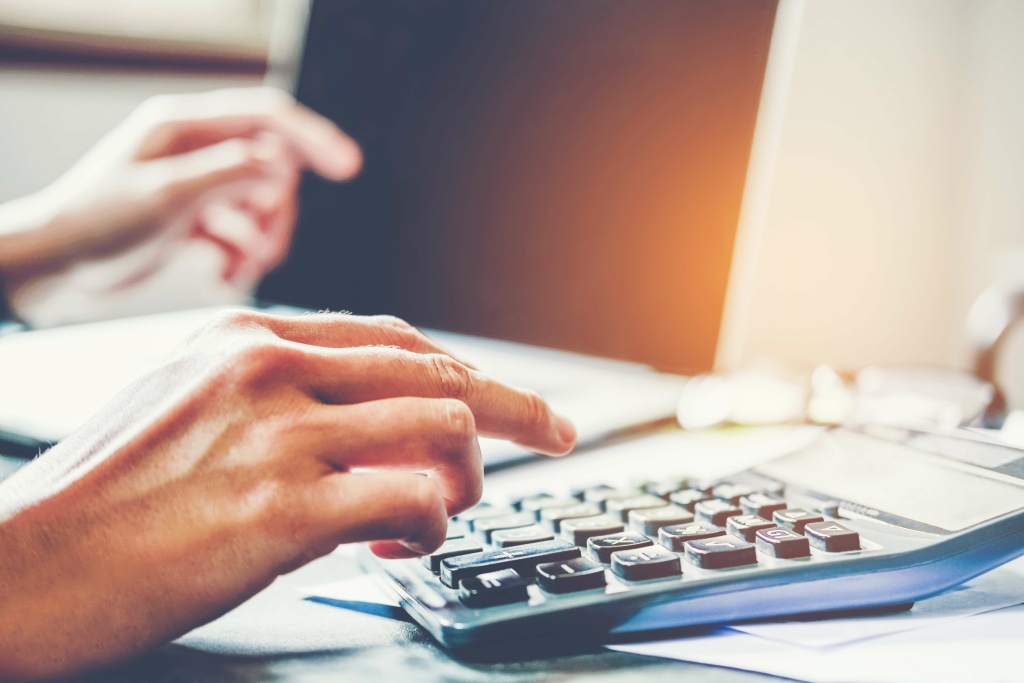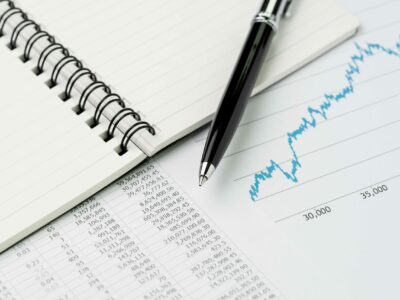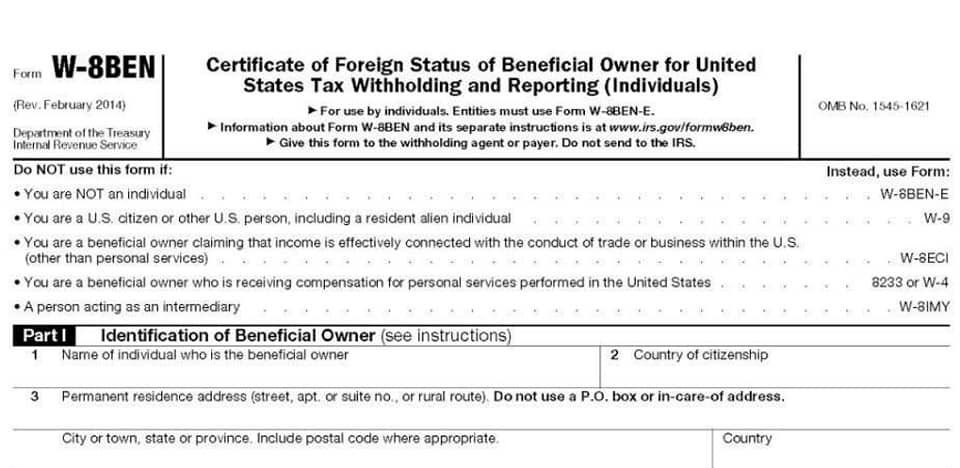Double Declining Balance Depreciation: Formula & Calculation

Set your business up for success Car Dealership Accounting with our free small business tax calculator. Implement our API within your platform to provide your clients with accounting services. Learn how depreciation works, and leverage it to increase your small business tax savings—especially when you need them the most.

Round results:

For example, let’s say that a company buys a delivery truck for $50,000 that is expected to last ten years and will have a salvage value of $5,000. Let’s say you buy machinery for $15,000 with a useful life of five years and a salvage value of $2,500. For instance, if an asset has a life of five years, the sum of the years’ digits would be 15 (5+4+3+2+1). In the first year, you use 5/15 of the depreciable base, then 4/15 in the second year, and so on.
- So your annual write-offs are more stable over time, which makes income easier to predict.
- This approach ensures that depreciation expense is directly tied to an asset’s production or usage levels.
- The Double Declining Balance Method, often referred to as the DDB method, is a commonly used accounting technique to calculate the depreciation of an asset.
- For the second year of depreciation, you’ll be plugging a book value of $18,000 into the formula, rather than one of $30,000.
- In summary, when employing the double declining balance method, accountants should be aware of mid-year depreciation adjustments and the impact of the time-value of money on a company’s finances.
- So if an asset with a 10-year life and no salvage value depreciates at 10% per year straight-line, the DDB rate would be 20%.
- DDB is a specific form of declining balance depreciation that doubles the straight-line rate, accelerating expense recognition.
Double Declining Balance Method Example
He is a CFA charterholder as well as holding FINRA Series 7, 55 & 63 licenses. He currently researches and teaches economic sociology and the social studies of finance at the Hebrew University in Jerusalem.
- Bottom line—calculating depreciation with the double declining balance method is more complicated than using straight line depreciation.
- Each year, you depreciate the asset by a fraction that has the remaining life of the asset as the numerator.
- Typically, accountants switch from double declining to straight line in the year when the straight line method would depreciate more than double declining.
- The double declining balance method of depreciation, also known as the 200% declining balance method of depreciation, is a form of accelerated depreciation.
- In many countries, the Double Declining Balance Method is accepted for tax purposes.
- In this article, we will break down the Double Declining Balance Depreciation method.
Accounting For CPA

Multiply the straight line depreciation rate by 2 to get the double declining depreciation rate. DDB depreciation is less advantageous when a business owner wants to spread out the tax benefits of depreciation over a product’s useful life. This is preferable for businesses that may not be profitable yet and, therefore, may be unable to capitalize on greater depreciation write-offs or businesses that turn equipment assets over quickly. double declining balance method In contrast to straight-line depreciation, DDB depreciation is highest in the first year and then decreases over subsequent years.

Free Course: Understanding Financial Statements
The accounting concept behind depreciation is that an asset produces revenue over an estimated number of years; therefore, the cost of the asset should be deducted over those same estimated years. Start by computing the DDB rate, which remains constant throughout the useful life of the fixed asset. However, depreciation expense in the succeeding years declines because we multiply the DDB rate by the undepreciated basis, or book value, of the asset.
Double Declining Balance Method: Formula & Free Template

It’s essential for businesses to allocate the cost of tangible assets over their useful lives, ensuring accurate financial reporting and tax compliance. Among various methods to calculate depreciation, the Double Declining Balance (DDB) method stands out due to its accelerated approach. This article delves into the DDB depreciation formula, its calculation, advantages, disadvantages, and practical applications.
- The company would deduct $9,000 in the first year, but only $7,200 in the second year.
- Another advanced consideration when utilizing the double declining balance method is the time-value of money (TVM).
- Note that in order to depreciate the asset it will need to be in service for more than 1 year.
- Whether you’re a business owner, an accounting student, or a financial professional, you’ll find valuable insights and practical tips for mastering this method.
- Therefore, the book value of $51,200 multiplied by 20% will result in $10,240 of depreciation expense for Year 4.
- Using DDB, the first year’s depreciation would be $4,000 (40% of $10,000), leaving a book value of $6,000.
Alternatively, the net sales specific month convention can be utilized for a more detailed approach. This method calculates depreciation based on the exact month an asset is placed into service, which can be beneficial for businesses with significant asset turnover. The current year depreciation is the portion of a fixed asset’s cost that we deduct against current year profit and loss.
